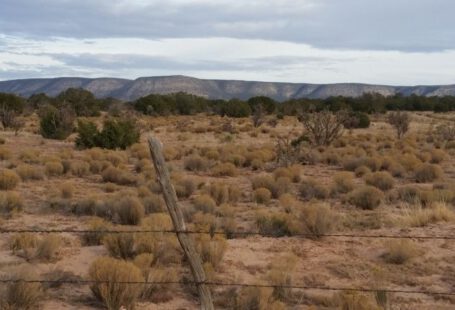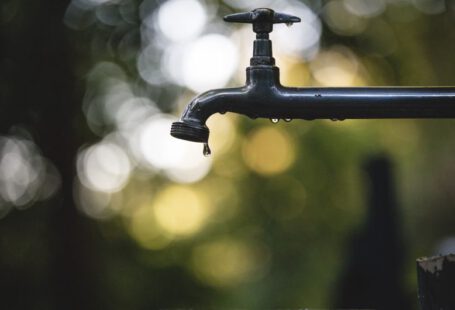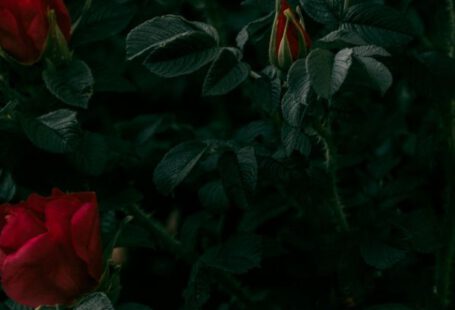Container gardening is a popular and versatile way to bring the beauty of plants into small spaces such as balconies, patios, or even indoors. It offers a great opportunity to flex your creative muscles and cultivate a mini garden oasis right at home. However, before you dive into the world of container gardening, there are some key considerations to keep in mind to ensure the success of your green endeavors.
Choosing the Right Container
Selecting the right container is the first crucial decision you’ll need to make when starting a container garden. Consider the size of the plants you want to grow and choose a container large enough to accommodate their root systems. Ensure that the container has drainage holes to prevent waterlogging, which can lead to root rot. Additionally, opt for containers made from materials like terracotta or plastic that are durable and provide adequate insulation for the plant roots.
Selecting the Right Plants
When it comes to container gardening, not all plants are created equal. Some plants thrive in the confined space of a container, while others may struggle to adapt. Choose plants that are well-suited for container gardening, such as herbs, flowers, and dwarf varieties of vegetables. Consider the amount of sunlight your space receives and select plants that match those light requirements. Additionally, think about the overall aesthetic you want to achieve and select plants with complementary colors and textures.
Choosing the Right Soil
The soil you use in your container garden plays a significant role in the health and growth of your plants. Opt for a high-quality potting mix that is well-draining and nutrient-rich. Avoid using garden soil, as it tends to compact in containers and can hinder root growth. Consider adding perlite or vermiculite to improve drainage and aeration. Remember to regularly replenish the soil in your containers as plants deplete nutrients over time.
Watering and Drainage
Proper watering is essential for container plants, as they are more vulnerable to drying out than plants in the ground. Check your plants regularly and water them when the top inch of soil feels dry to the touch. Ensure that your containers have adequate drainage to prevent water from pooling at the bottom, which can lead to root rot. Consider using a saucer underneath your containers to catch excess water and prevent it from staining your surfaces.
Fertilizing and Feeding
Container plants rely on you for their nutrients, as they cannot draw from the surrounding soil like plants in the ground. Incorporate a slow-release fertilizer into your potting mix at the beginning of the growing season to provide a steady supply of nutrients. Additionally, consider supplementing with liquid fertilizer every few weeks to ensure your plants have access to essential nutrients for healthy growth.
Pest Control and Maintenance
Keep an eye out for pests that may target your container plants, such as aphids, spider mites, or snails. Regularly inspect your plants for any signs of pest infestations and take appropriate measures to control them. Consider using organic pest control methods to protect your plants without introducing harmful chemicals into your garden. Additionally, trim back any dead or diseased foliage to promote healthy growth and prevent the spread of diseases.
Creating a Container Garden Oasis
With the right planning and care, container gardening can transform even the smallest of spaces into a lush and vibrant garden oasis. By considering factors such as container selection, plant choice, soil quality, watering practices, fertilization, pest control, and maintenance, you can create a thriving container garden that brings joy and beauty to your surroundings. Get creative, experiment with different plant combinations, and enjoy the process of nurturing your own green paradise right at home.





